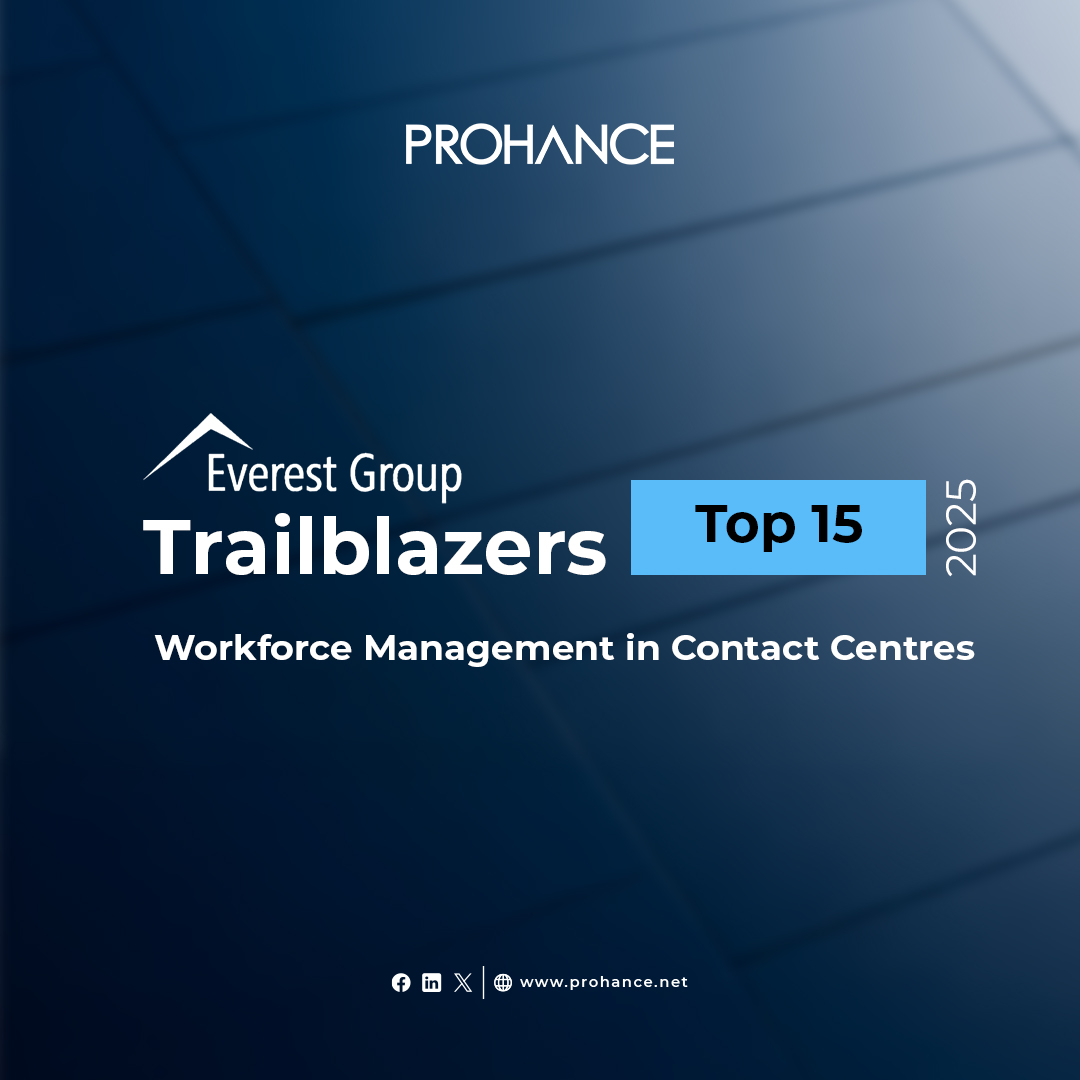Why is IT Asset Management Essential for Businesses?
Table of contents
In the current business world, managing IT assets is becoming increasingly complex. Without care, expenses can get out of control, security risks increase, and compliance problems arise.
The tracking of IT resources is difficult for many companies, which leads to inefficiency and lost finances. How do companies solve this problem? IT Asset Management’s (ITAM) approach provides the answer.
What is IT Asset Management?
IT Asset Management is an integrated framework that supports an organization in planning during the implementation and maintenance phases of its IT assets. The cycle of ITAM revolves around the organization’s IT equipment, such as hardware, software, network tools and even cloud systems. The goal of poorly designed IT asset management is to allow corporations to fully leverage these assets with the least amount of risks and costs.
Well-implemented ITAM offers companies a competitive advantage. Companies are able to ensure that all resources (tangible and intangible) have the proper allocation and use. By monitoring IT assets, businesses are able to improve their effectiveness, control expenditures, and better safeguard their assets.
Why is IT Asset Management Important?
It is easy to see that proper asset management brings plenty of advantages to the firm:
- Reduction In Expenses
- Increased Protection from Cyber Crimes
- Adherence to Legal and Social Responsibilities
- More Accurate and Better Decisions
- Reduction of Wasted Resources
Reduction In Expenses
One of the chief advantages of employing IT Asset Management is reduction in expenses. Organizations save approximately 30% per asset in the first year of implementing an ITAM program. Companies spend much less on unnecessary acquisitions, license expenses as well as on maintenance of technology resources that are not needed.
Increased Protection from Cyber Crimes
Assets that are not tracked fully or incorrectly are sometimes the source of vulnerabilities in networks. ITAM uses asset management technology to properly configure assets so that they are not at risk of losing cyber attacks.
Adherence to Legal and Social Responsibilities
The majority of industries have compliance requirements that need to be achieved. ITAM guarantees that information containing details of software licenses and equipment is available at all times, minimizing the odds of an audit and penalties.
More Accurate and Better Decisions
Organizations will save considerable money by ensuring correct IT asset management since real-time information will assist in upgrading, disposing of, or even investing in the assets.
Reduction of Wasted Resources
A robustly structured IT asset management process cuts down resource wastages and stream provides a smoother experience so that teams spend their time on strategic activities instead of repairing unmanaged assets such as hardware and software.
The IT Asset Management Process
IT Asset Management has five different stages in which assets are managed, tracked and optimized at every stage.
- Planning: Setting goals, deciding on stakeholders and policies for ITAM. This stage has a broad scope and layout of how a decided goal will be achieved along with the key performance indicators (KPIs). However, only 23% of businesses have measurable KPIs defined for asset management when this number should be significantly greater.
- Acquisition: Investment in IT assets as long as they meet the firm’s needs and fall within the budget.
- Inventory Management: Maintain a centralized repository to track all assets, including their location, usage, and ownership.
- Maintenance and optimization: It will include repairs as well as updates and optimization ensuring that the asset is still functional with growing value.
- Disposal: Retire assets responsibly through recycling or resale, ensuring data security and environmental compliance.
In view of the various stages discussed above, firms can develop a lifecycle management system for IT assets that will be effective in eliminating waste and increasing efficiency in resource management.
IT Asset Management Best Practices
To unlock the full potential of ITAM, organizations should follow these best practices:
- Single Unified Asset Repository: Set up a sole source for all asset data so that stakeholders have access to accurate information whenever they require it.
- Automation: IT asset management solutions are used to automate inventory tracking, see whether assets are in compliance, and generate reports.
- Regular Reviews: Periodic evaluations in order to reconcile and investigate discrepancies in asset records.
- Employee Instruction: Give directions to employees about ITAM policies and assist them in comprehending their role in the maintenance of asset integrity.
- Develop Tangible KPIs: Formulate KPIs that can be used to assess the success of the ITAM program, such as cost reduction, the rate of compliance, and the degree of asset utilization.
- Integrative Approach: Ensure ITAM tools work mutually with other business applications such as ERP systems and IT service management systems.
IT Asset Management Solutions
Advanced ITAM tools have made a huge difference in the manner in which corporations today handle their assets. These tools offer:
- Real-Time Visibility: Real time tracking of assets is done to ensure correct recording with regards to their current status and how often they are being used.
- Compliance Management: Relatively minimal effort is required to control software license availability and compliance with regulations.
- Analytics and Performance Monitoring: Quantitative and qualitative evaluations that ensure informed decisions are readily available.
- Automating Manual Tasks: Some manual tasks like updating the inventory can be automated in order to save time and reduce human interference.
The best IT asset management software like ProHance caters to the unique needs of organizations, offering scalable and customizable solutions.
Also Read :- Is IT Asset Management Optimized at Your Workplace?
Why Businesses Need IT Asset Management?
IT assets are considered to be one of the most crucial resources for any organization, and they are expected to leverage their capability to achieve maximum efficiency. Without a proper ITAM plan, organizations run the chances of falling behind their competitors, losing out on profitability, and being open to security issues. This is why ITAM is so important:
- Enhancing Value: ITAM makes it easier for every single asset to be optimized fully, whose targets and objectives are in line with the business strategy.
- Reducing Risk: With thorough record keeping, businesses are more likely to uncover issues before they become larger problems.
- Growth Potential: ITAM aids in business expansion by outlining in detail the requirements of future assets and when they will be needed.
- Reducing Environmental Impact: Proper disposal of retired assets has less of an impact on the environment and meets social responsibility expectations.
Conclusion
The importance of IT Asset Management Software is now in the spotlight for all firms wishing to improve their investment in Information Technology and reduce their risk factors. With a better understanding of the significance of IT asset management as well as the standard operating procedures for IT asset management and the available tools, organizations stand to save substantial amounts.
Frequently Asked Question
Q1. What is the primary purpose of IT Asset Management?
This specific software application aims to track, manage and report on everything and anything that covers the full lifecycle of the collection of IT assets and in managing to do so gets to deliver the best business value while lowering the IT risks.
Q2. What are some examples of IT assets?
Examples of IT assets include;
- hardware (computers, servers),
- software (applications, licenses),
- network equipment,
- cloud-based resources, and
- mobile devices.
Q3. How can businesses save costs with ITAM?
ITAM helps businesses save costs through a number of different ways, avoiding spending through duplicate purchases, controlling spending on software license acquisitions, determining and eliminating expenditures on low use assets, and ensuring they get to maximize efficient use of their assets.






